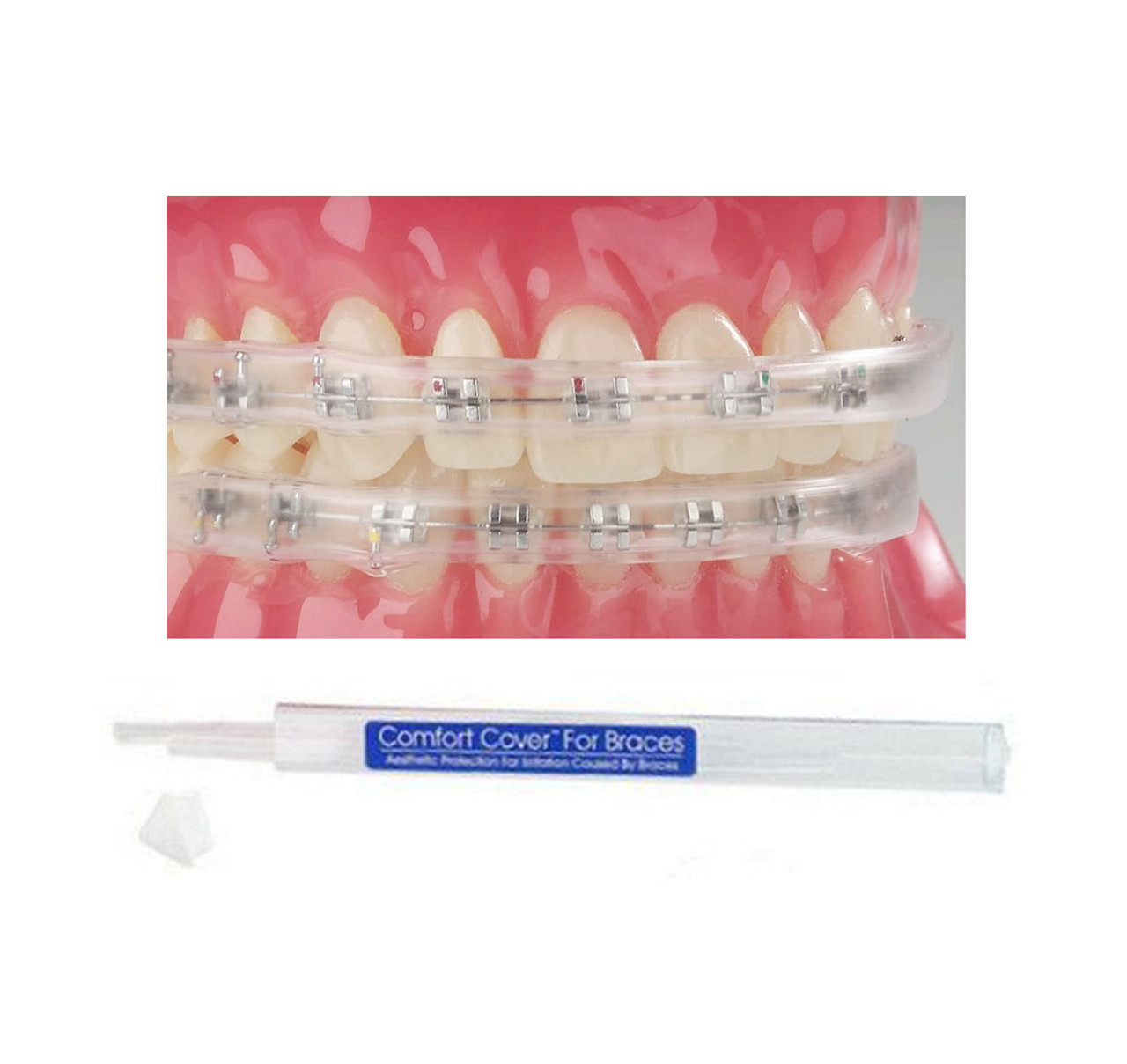Why Cumming Invisalign is the Perfect Selection for a Discreet Orthodontic Remedy
Comprehensive Guide to Orthodontics Treatments for Fixing Oral Misalignments
Understanding the intricacies of each procedure, including their devices, advantages, and potential disadvantages, is essential in making educated decisions regarding one's orthodontic therapy. As we browse with the detailed guide to orthodontic procedures for correcting oral misalignments, the intricate details of each method will unfold, losing light on the course towards a harmonious and useful oral positioning.
Orthodontic Procedures Review

Regular modifications and surveillance are essential parts of orthodontic therapy to make certain progress is on track and to make any type of essential modifications along the way. By undertaking orthodontic treatments, patients can not just achieve a straighter smile yet also improve their total oral wellness and function.
Standard Dental Braces: How They Function
When thinking about orthodontic treatments for dental imbalances, traditional braces stand apart as a tried and true approach for correcting teeth positioning. Conventional braces contain braces, cords, and bands that function with each other to use continuous pressure on the teeth, progressively moving them into the preferred positioning. The braces are connected to the teeth utilizing a special adhesive, and the cables are threaded with the brackets. By readjusting the tension of the cables, orthodontists can control the instructions and pressure related to each tooth, assisting them into proper positioning in time.
One key facet of exactly how traditional braces job is the process of bone remodeling. As stress is used to the teeth via the braces, the bone bordering the teeth is reshaped to sustain the new tooth settings. This makeover is important for the long-term stability of the corrected positioning. Patients will certainly need routine changes at the orthodontist's workplace to make certain the braces remain to use the correct pressure for efficient teeth movement.
Unseen Aligners: Cons and pros
Unnoticeable aligners provide a discreet and practical option to conventional dental braces for dealing with dental imbalances. These clear, customized trays are basically unseen when used, making them an enticing alternative for individuals seeking a much more aesthetically pleasing orthodontic therapy. One of the main benefits of unseen aligners is their removability, enabling easier maintenance of oral hygiene contrasted to conventional braces. Individuals can eliminate the aligners prior to eating or brushing their teeth, reducing the risk of food getting stuck in the home appliance and simplifying the cleaning procedure.

Surgical Orthodontic Options
Surgical treatments in orthodontics existing feasible choices for dealing with complex oral misalignments that might not be efficiently fixed through traditional orthodontic therapies. While standard braces and invisible aligners can correct numerous orthodontic concerns, certain instances need medical intervention to accomplish optimum results. Surgical orthodontic choices are typically suggested for extreme malocclusions, significant jaw discrepancies, and situations where the underlying bone structure requires adjustment to attain appropriate alignment.
One typical medical orthodontic treatment is orthognathic surgical procedure, which involves rearranging the jaws to fix useful problems such as trouble chewing or talking. This surgical procedure is frequently executed in partnership with an orthodontist that helps line up the teeth prior to and after the procedure. Surgical orthodontics may likewise include treatments to reveal impacted teeth, eliminate excess periodontal tissue, or improve the jawbone to create a more harmonious facial account.
Prior to thinking about medical orthodontic choices, patients go through a detailed analysis to establish the necessity and potential advantages of such treatments. cumming invisalign. While surgery might appear complicated, it can significantly improve both the feature and aesthetics of the smile in instances where standard orthodontic treatments fail
Retainers and Post-Treatment Care

Post-treatment treatment entails adhering to the orthodontist's directions faithfully. This might consist of appropriate oral health methods, going to follow-up appointments, and wearing the retainers as prescribed. Failing to adhere to post-treatment care instructions can cause relapse, where the teeth gradually return towards their initial placements. Constant retainer wear, great dental health, and regular oral examinations are important for keeping the outcomes achieved with orthodontic surgery and ensuring the lasting stability of the remedied dental positioning.
Final Thought
In final thought, orthodontic procedures use numerous options for remedying oral imbalances. Surgical orthodontic alternatives are available for much more serious misalignments. Generally, orthodontic treatments can properly boost oral wellness and visual look.
As we browse via the thorough overview to orthodontic treatments for dealing with oral imbalances, the complex details of each technique will unfold, shedding light on the course towards a useful and harmonious dental alignment. - aligners
One of the most common orthodontic therapies is the use of braces, which consist of metal brackets and cords that use gentle stress to gradually shift teeth right into the preferred setting.When taking into consideration orthodontic therapies for oral imbalances, traditional braces stand out as a reliable approach for dealing with teeth placing. Furthermore, undetectable aligners may not be ideal for complicated orthodontic issues that call for even more considerable teeth movement, as they are typically advised for moderate to moderate instances. Retainers are custom-made orthodontic tools developed to hold teeth in their corrected positions after the completion of orthodontic treatment.